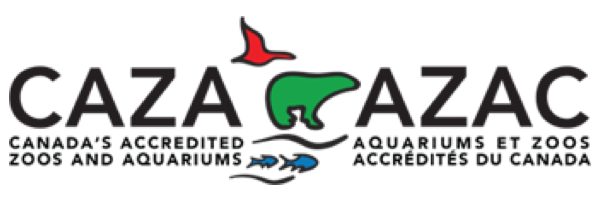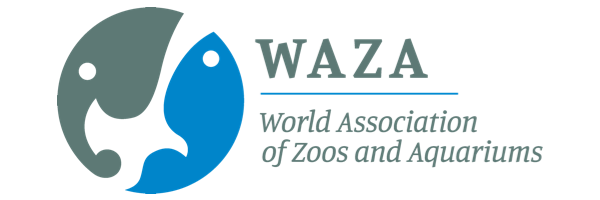Taylor's Checkerspot Butterfly
The Greater Vancouver Zoo, along with Wildlife Preservation Canada (WPC) and other local and national partners, are working to protect species at risk, with some BC natives being the Taylor’s Checkerspot Butterfly, Oregon Spotted Frog, and iconic Western Painted Turtle. These three conservation projects at the Greater Vancouver Zoo are led by Biologist Andrea Gielens (WPC) and Deputy GM & Director of Animal Care Menita Prasad (GVZ).
We help these animals in three main ways: captive breeding, head-starting, and habitat restoration/maintenance. Habitat loss from urban development and invasive species means the wild populations don’t have enough areas to breed or live, so captive breeding and habitat restoration go hand in hand for supporting their recovery. Head-starting is when animals are reared until they are deemed old enough to survive in the wild and then released into their protected habitats. By helping them through their most vulnerable life stage the more mature animals have a much better chance of surviving. Captive breeding and head-starting for these species is done on-site at the Greater Vancouver Zoo.
This March 2024, we were able to release another round of ex-situ bred and reared Taylors Checkerspot larvae to the restored habitat at Helliwell Provincial Park on Hornby Island in the Straight of Juan de Fuca. This habitat has been lovingly restored by members of the Recovery Team, BC Parks staff, Hornby Island Naturalists and plant and habitat restoration specialists to ensure the best possible habitat for species recovery.
Our continued release efforts have resulted in the reintroduction release of more than 9000 Taylors Checkerspot larva into this habitat over the past 5 years and we are excited to announce that for this first time since the mid 90’s, more than 25 years ago, there have been Checkerspots able to complete their entire life cycle on Hornby Island. Prior to this year we had not been able to observe TCB larva active after their winter diapause (butterfly hibernation), prior to our early spring release of the subsequent group of ex-situ bred animals. This meant it was hard to tell, for sure, that the animals we were observing later in the spring were animals that bred onsite or were the animals we had just released.
Thanks to increased numbers, favorable weather and the incredible work of field crews (shout out to Pascale and Kihan) the first confirmed overwintered animals were found, en mass, this spring. Over 200 larvae were found, which is a testament both to our released animals and the search effort and skills of the field crew!
This summer we will have staff out assisting field crews to do more extensive surveys and hopefully collect more animals for a fresh breeding population of TCB, which will produce more larva for release in summer 2025 or spring 2026!


